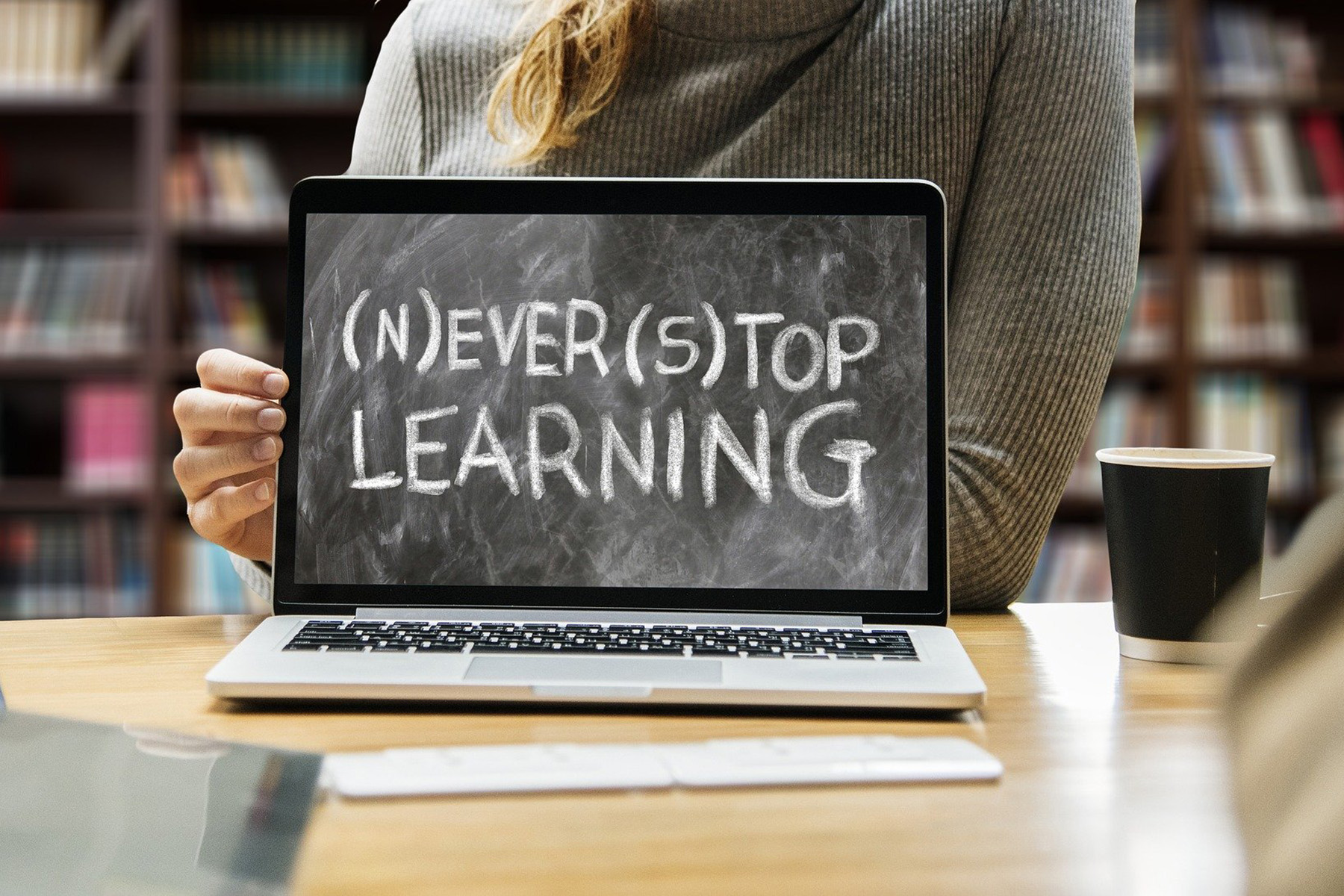If I rewind back just four short weeks and one blink-of-an-eye day ago to March 12, I can remember that school day vividly. I was scheduled to host a community shadow from our Corporation Vision 2020. This is a program that has been in place for many years, where community members are invited to come into our schools and witness first-hand what is happening inside our walls.
That day was like so many other school-days in the past 3,200+ days I have spent educating in school buildings. I observed a couple classrooms, lunched with 425 of my favorite 12- and 13-year-olds, had some tough conversations with a few adolescents who had failed to utilize their barely developed frontal lobes, problem solved with teachers and parents, and waved the students goodbye as they loaded their buses to go home.
Every year, without fail, regardless of the demographics of my visitor, at the end of their observation, their comments are always similar. “Wow. You educators never stop, do you? It’s so clear how much your staff cares about kids! How do you all keep this pace up day-in and day-out?” I left for home that afternoon feeling a deep pride in my staff and confidence that our school systems were ensuring our students’ best interests each day.
Shortly after I arrived home, the news began to come in about the governor’s announcement concerning the new steps Indiana would take to reduce the spread of the novel coronavirus (COVID-19). My school corporation immediately canceled all extra-curricular activities and other evening and weekend events through spring break. My elementary-aged daughters asked anxiously over and over again if they would get to go to school tomorrow. Soon the call came.
School would be closed through spring break, and our teachers would meet the next day, Friday, March 13, to plan at-home learning lessons for our students for the following week. The first feelings were of surprise, excitement, concern, and determination that our staff would make this work.
Our teachers knocked that first day of planning out of the park. We had a week’s worth of learning activities for students in grades PK through 12 uploaded to our corporation webpage for parents and students to access and communicated to families by Sunday evening. Then that first week started. At first, many of us were excited to have some extra sleep-in days, time to drink our coffee without having to reheat it several times because it has gone cold while attending to students’ needs, or extra time for a workout or book we’d been hoping to read.
However, by the middle of that week, facing two weeks of spring break ahead of us, and rumblings that our school closure could possibly extend beyond spring break, many of us had become uneasy and concerned about our students. That would be too long without seeing them.
On Thursday, March 19, exactly one week after all of this had started, we received the news that we would not be coming back to school after spring break. In fact, we would not be coming back until Monday, May 4, at the soonest. Our superintendent rolled out a comprehensive plan that included teachers meeting every Thursday to plan lessons for the following weeks. On top of all of this almost incomprehensible news about school, our spring break trips were being canceled one-by-one due to the restrictions on gatherings and travel. It all felt, for many of us, like a bizarre dream.

Most of you reading this know what came next. By the end of what should have been our last week of school prior to spring break, we were all but certain we wouldn’t be coming back to school physically this year. All field trips, end-of-year celebrations, and other special annual traditions that are so instrumental to our school cultures were all being canceled. We were scheduling interviews for open teaching positions on Zoom and planning all staff meetings virtually as well.
In the past four weeks, we have all worked, at different paces, through the surreal nature of our new educational norm, and we are all figuring out day by day, how to support and teach our families and students in this new distance learning environment. We have learned a few things, though.
First, we don’t stop. It feels for many that work is suddenly doubled, tripled or otherwise magnified. We are trying to balance teaching our own children from home, teaching our students from afar, meeting with our colleagues digitally, staying well and safe, keeping track of our extended family, friends and colleagues who we suddenly don’t just see each day, and in general just trying to remain a calming presence for all those who need us. We ask ourselves regularly if we are succeeding at balancing all of this. Many nights it feels like maybe we’re not.
This feels like a time where it would be nice to stop and just check-out for a while. I’ve seen the opposite with the educators I am surrounded by. Their resolve is deeper and their fight is stronger. We don’t stop, and we are figuring out how to keep going effectively in this new paradigm.
We care deeply about our kids. Just like we don’t stop with all the logistics of our new work environment, we definitely don’t stop caring, worrying, and thinking about our students. We’ve come to find out it feels taxing when we can’t be with them. We feel unsure about how to connect with them from their own homes. Are we intruding? Are we adding to our parents’ already heavy burdens during this time with our communication attempts? Are our kids okay? Are our families okay? We are learning each day little-by-little the best ways to connect with each of our individual students in each of their unique home settings.
We keep this pace up day-in and day-out through sheer commitment to our students and refusal to let this nasty virus interfere with what we’ve got going. We started something with this current group that’s been growing for 27 weeks. We’ve bonded, and we know each student deeply. Educating our students and supporting our families from home surprisingly feels like a quicker pace than the brick and mortar buildings and classrooms we’ve been accustomed to. There’s a lot to figure out, and after the first full week of at-home learning post-spring break and post-full-realization that this is our new norm for the remainder of the 19-20 school-year, we’re exhausted.
It’s okay, though, even good. Every time we are forced to learn something brand new in a short period of time, we are going to be tired. But we are also going to be better, stronger, and more than we were before. Educators, take heart. Take care of yourselves and your families. Get rest when you need it. Get exercise. Stay connected to your friends and family. Then each school morning, get up and go for it. Don’t stop. Keep caring. Keep working your tails off for our students. I’m honored to serve our students and families beside each one of you!
Resources
Please login or register to claim PGPs.
Alternatively, you may use the PGP Request Form if you prefer to not register an account.



